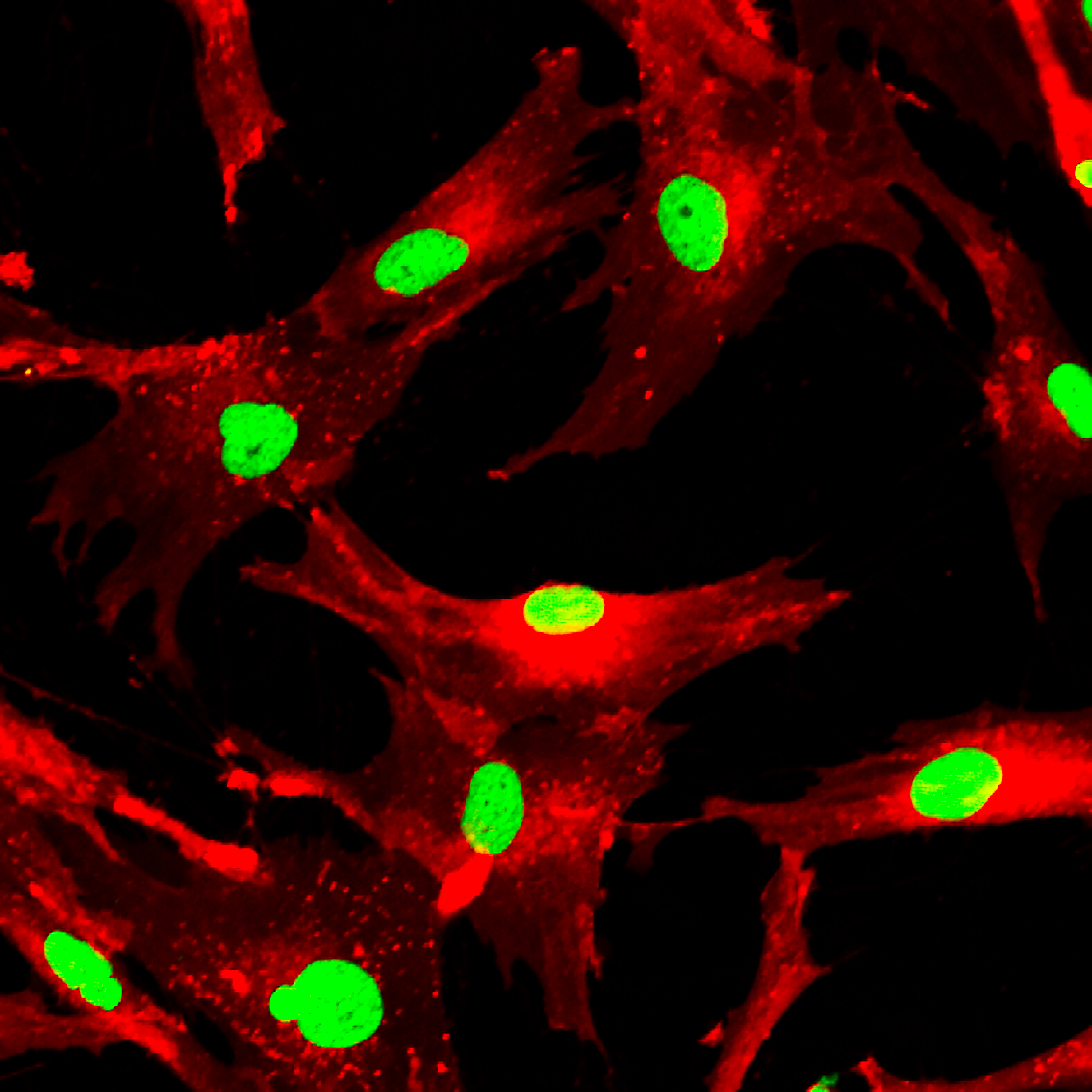Enzyme Seen to Contribute to Lung Scarring, May Be IPF Treatment Target

A new study from researchers in London, looking at a specific enzyme called TPL-2, could aid in the understanding of how lung fibrosis develops.
The research report, “TPL-2 Regulates Macrophage Lipid Metabolism and M2 Differentiation to Control TH2-Mediated Immunopathology,” appeared in the journal PLoS.
Lung scarring is the key feature of idiopathic pulmonary fibrosis (IPF), whose causes are unknown. There is currently no cure for IPF, and patients would benefit from treatments that more effective and safe.
The researchers, led by Yashaswini Kannan, Jimena Perez-Lloret, and Yanda Li of the Allergy and Anti-Helminth Immunity Laboratory at The Francis Crick Institute in London, created an elevated immune response in mice by infecting them with Schistosoma mansoni, a type of parasite, or with eggs from the same parasite. This caused an elevated immune response (inflammation) including increases in T helper 3 cells. It also created lung fibrosis.
Animals that had been genetically modified to lack the TPL-2 enzyme did not have the fibrosis. The researchers found that this was due to a lack of lipolysis and reduced activation of M2 macrophages (a type of immune cell). Lipolysis is the breakdown of fats to release a product known as a fatty acid. They noted that this process is mediated by T helper 3 cells and TPL-2.
Scientists have associated fibrosis with problems in the breakdown of fatty acids in the past.
Overall, the investigators concluded that, “Taken together, this study identified that TPL-2 regulated TH2-mediated inflammation by supporting lipolysis and M2 macrophage activation, preventing TH2 cell expansion and downstream immunopathology and fibrosis.”
IPF is a serious and potentially fatal disease. The current study suggests new potential treatment targets for IPF, specifically TPL-2, lipolysis, and M2 macrophage activation.






